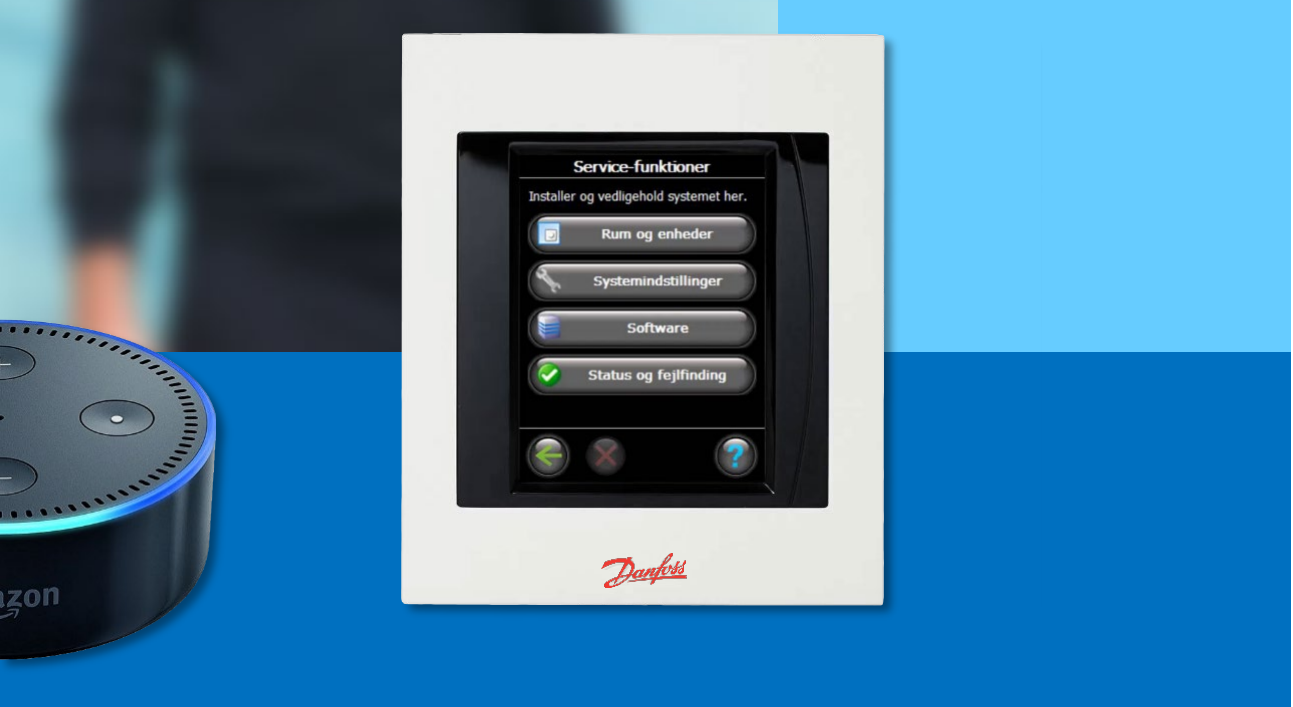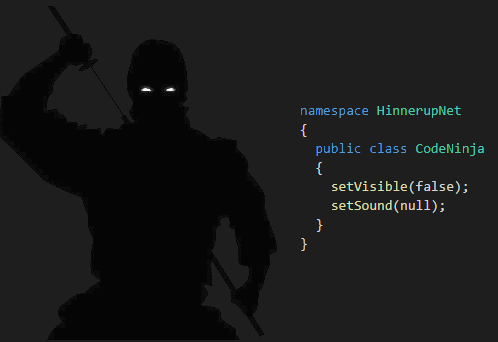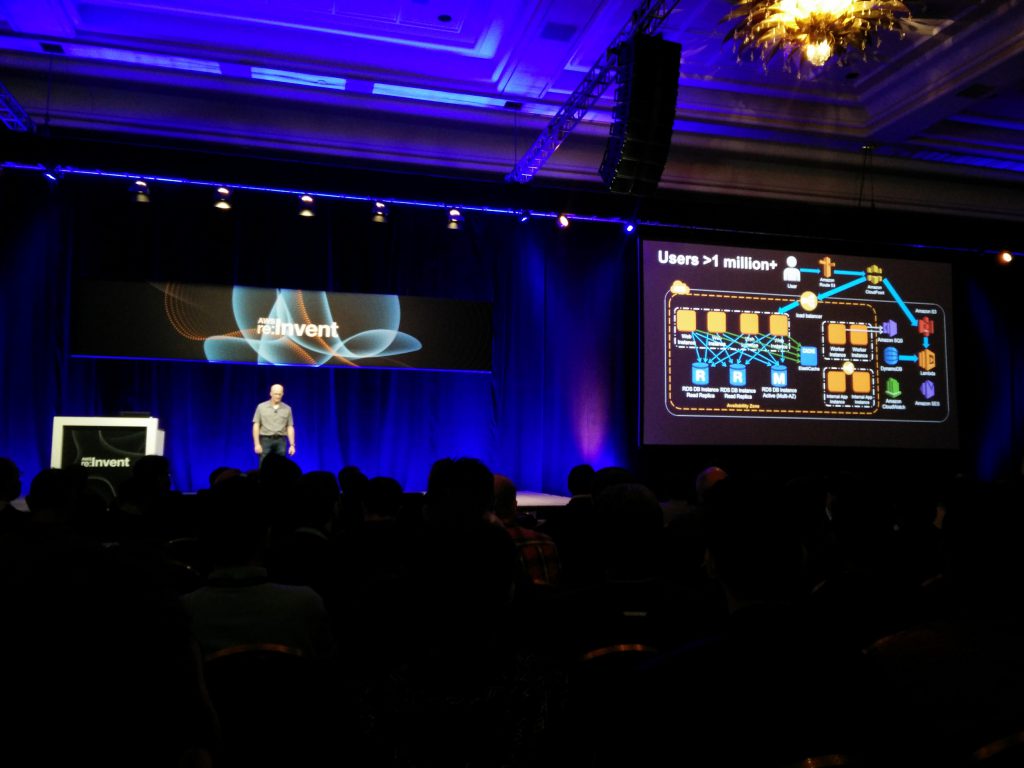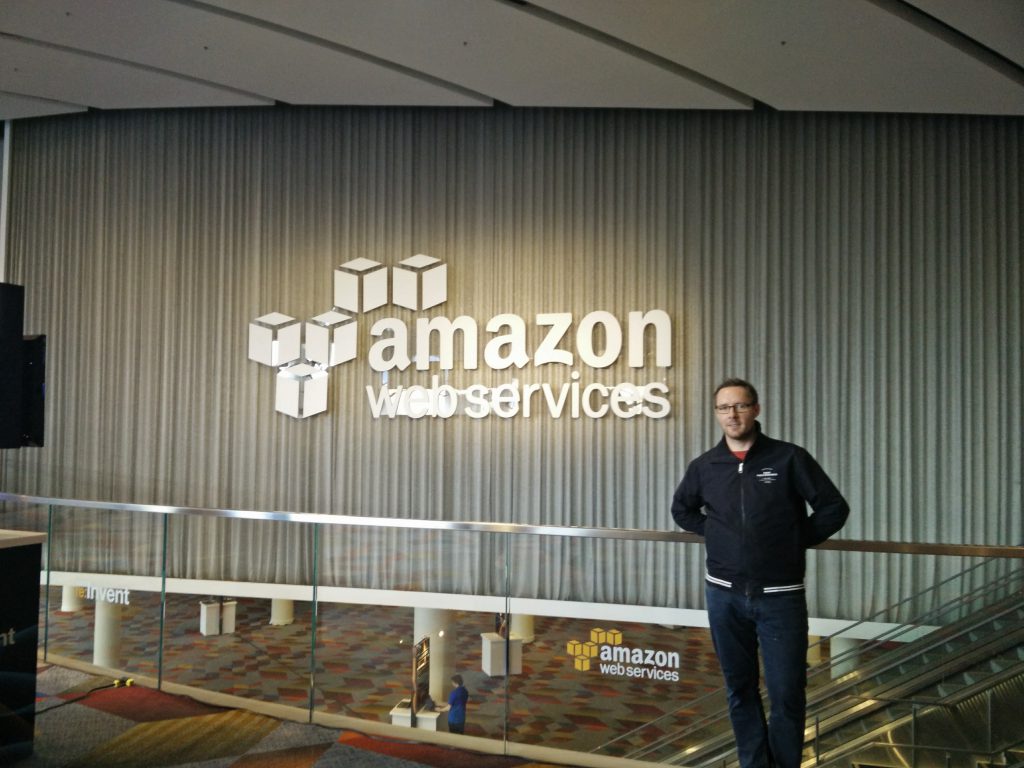

Hinnerup Net A/S har netop afsluttet en opgave, der forløb i 2018, for Danfoss‘ R&D afdeling i Vejle.
Her har vi hjulpet med at implementere en Cloud backend til eksisterende og fremtidige IoT og digitale produktlinjer der har en WiFi forbindelse, eller som via en App dermed kan opnå Internet forbindelse, til “skyen”.
En af de mange nye muligheder, vi også deltog i udviklingen af, er stemmestyring af ens varmeanlæg, for eksempel via Danfoss LinkTM CC.
Løsningen er blevet certificeret af amazon, så man nu kan sætte “Works with amazon alexa” mærkatet på produktpakkerne.
Vi har været stolte af at deltage i dette store projekt. Det bliver spændende at følge den fremtidige udvikling, og at se de mange kommende muligheder det giver Danfoss.
Tillykke med lanceringen herfra!



